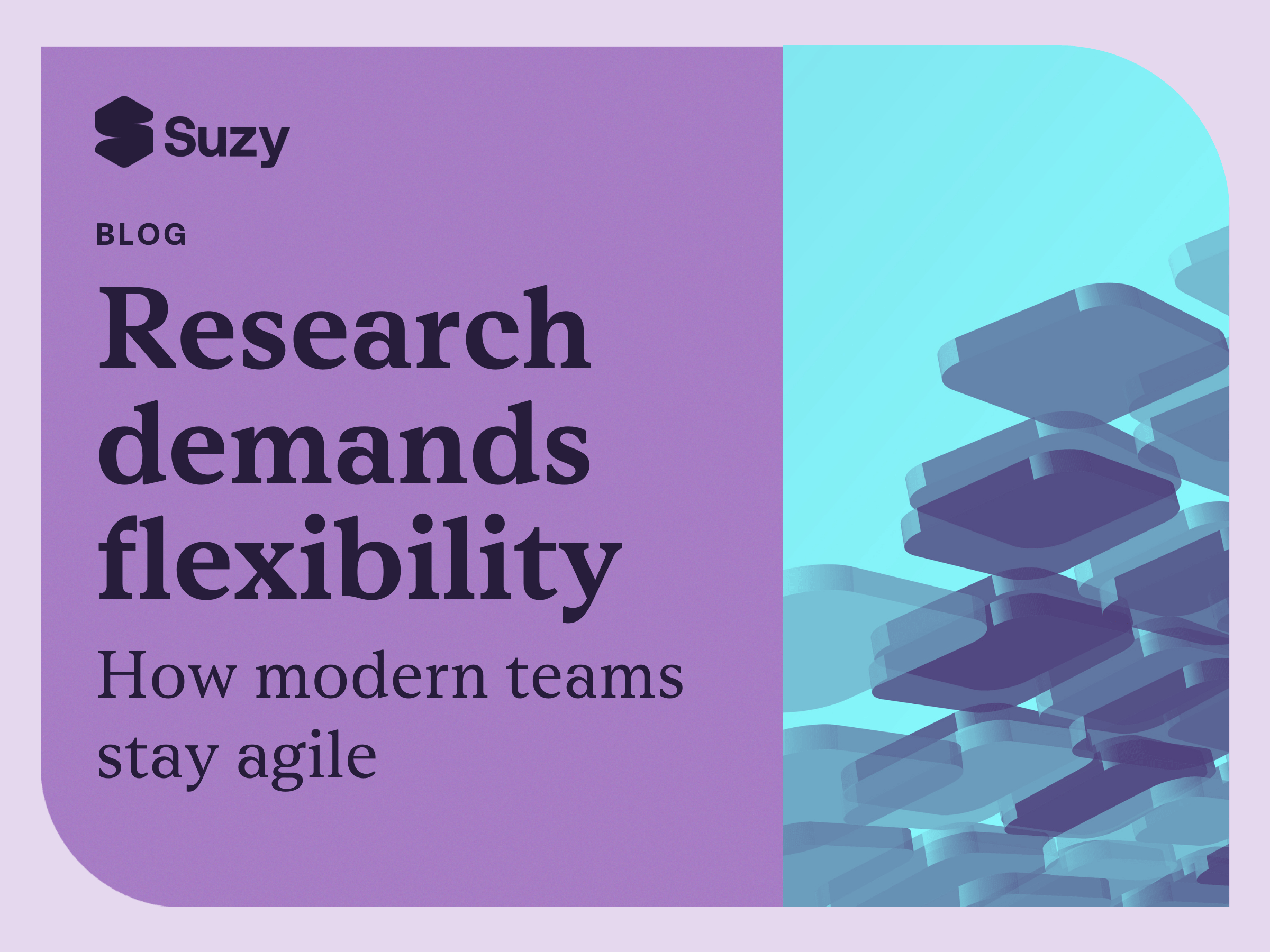How can you tell if you are charging the right price for a product?
It’s not easy to price products and services correctly, especially in the middle of macroeconomic events like inflation and recession. A misstep in either direction can impact your revenue numbers and brand image. With price sensitivity surveys, you can explore how changes in price affect consumers’ purchase intent. Ask the right questions, and you can determine the optimal price point for products and services. In this article, we’ll explore some price sensitivity survey methodologies, including some questions you can ask, as well as the best use cases for each methodology.
Price sensitivity survey methodologies
Determining the right price sensitivity survey depends on two questions:
- Are you trying to price a new product or an established product?
- Do you already have a set of price points to validate, or would you like consumers to help specify price points?
These questions will help you determine which methodology to use for your price testing. Let’s explore some of the methodologies you can use.
Gabor-Granger
A popular method for pricing research, Gabor-Granger can help you identify a price point for an established product or service. These types of products have relatively fixed features, attributes, and/or components are relatively fixed. They aren’t in early-stage development, so the core functionality of these products has largely stopped evolving.
For a Gabor-Granger test, you need to pre-establish your price points. The methodology works best when you have an idea of the price range for the product/service and you’re looking to pinpoint which price will maximize revenue.
In this type of price sensitivity survey, respondents will answer a series of yes/no questions, with one question per price point. Each question will ask respondents if they would be willing to purchase the product at a certain price. For example, in this price testing methodology, you would ask survey questions like:
- If this product was available at a store near you, would you buy it for $1.50?
- You mentioned you would buy this product for $1.50. Now tell us, if it were available at $1.75, would you buy it?
- Now tell us, if it were available at $2.00, would you still buy it?
Each respondent will see a minimum of two questions or a maximum of three questions in their surveys, depending on their answers.
From there, Gabor-Granger’s output identifies the price point where consumer demand starts declining. It also shows where a price can be increased without affecting sales so you can maximize revenue.
Van Westendorp
Van Westendorp (or “Van West” for short) is useful for products that are in early stage development and/or when a product’s price range hasn’t yet been defined. This pricing research can help you establish a range of acceptable prices for a new product or service.
Van West’s output identifies a price range by highlighting the minimum and maximum acceptable consumer prices. Getting this ballpark allows you to finalize pricing within this range later down the line when all aspects of the product are finalized and ready for market. To uncover insights from Van West methodologies, you should ask price sensitivity survey questions like:
- At what price would you consider the [product/service] to be priced so low that you feel the quality can't be very good?
- At what price would you consider the [product/service] to be a bargain, or a great buy for the money?
- At what price would you say the [product/service] is starting to get expensive - it's not out of the question, but you'd have to give some thought to buy?
- At what price would you consider the [product/service] to be so expensive that you would not consider buying?
With data from these four questions, Van West illustrates the price points consumers think are too expensive, expensive, cheap, and too cheap. From there, you can optimize your price point later down the line through Gabor-Granger or monadic price testing.
Monadic testing
Monadic testing (also known as A/B testing, cell testing, or split testing) is a research methodology used for concept testing, and it can be used to test price sensitivity with real world metrics, like perceived value, perceived quality, and purchase intent.
Because each concept/price point is shown in isolation, consumers don’t have the option to choose the lowest price out of several. Instead, you can get a more honest read on purchase intent and the value of your product or service.
Last words
The price sensitivity research process can be overwhelming and tricky, but with the right tools, methodology, and questions, you can find the price point or range that maximizes profit without sacrificing customer satisfaction. There are a few different price sensitivity survey methods to choose from—Gabor-Granger, Van Westendorp, and monadic testing. Each method has distinct use cases, so it’s important to understand the development stage of your product or service in order to decide which price sensitivity survey method will work best for your research objectives.
Price testing at Suzy
By leveraging price sensitivity survey questions, you can be confident that your price points or ranges are right in line with customer expectations—maximizing revenue without sacrificing customer satisfaction or purchase intent.
Start your price sensitivity survey now by leveraging Suzy Insights. If you're already a client, you have instant access to Suzy Insights. We even have a pre-built monadic testing template you can use to get started today. Simply log in to Suzy, and create your price sensitivity survey. If you'd like a walk-through or tutorial of the methodology, please reach out to your customer success manager today.
If you’re not a current Suzy customer and would like to learn more about price testing at Suzy, book a demo today.
.webp)







